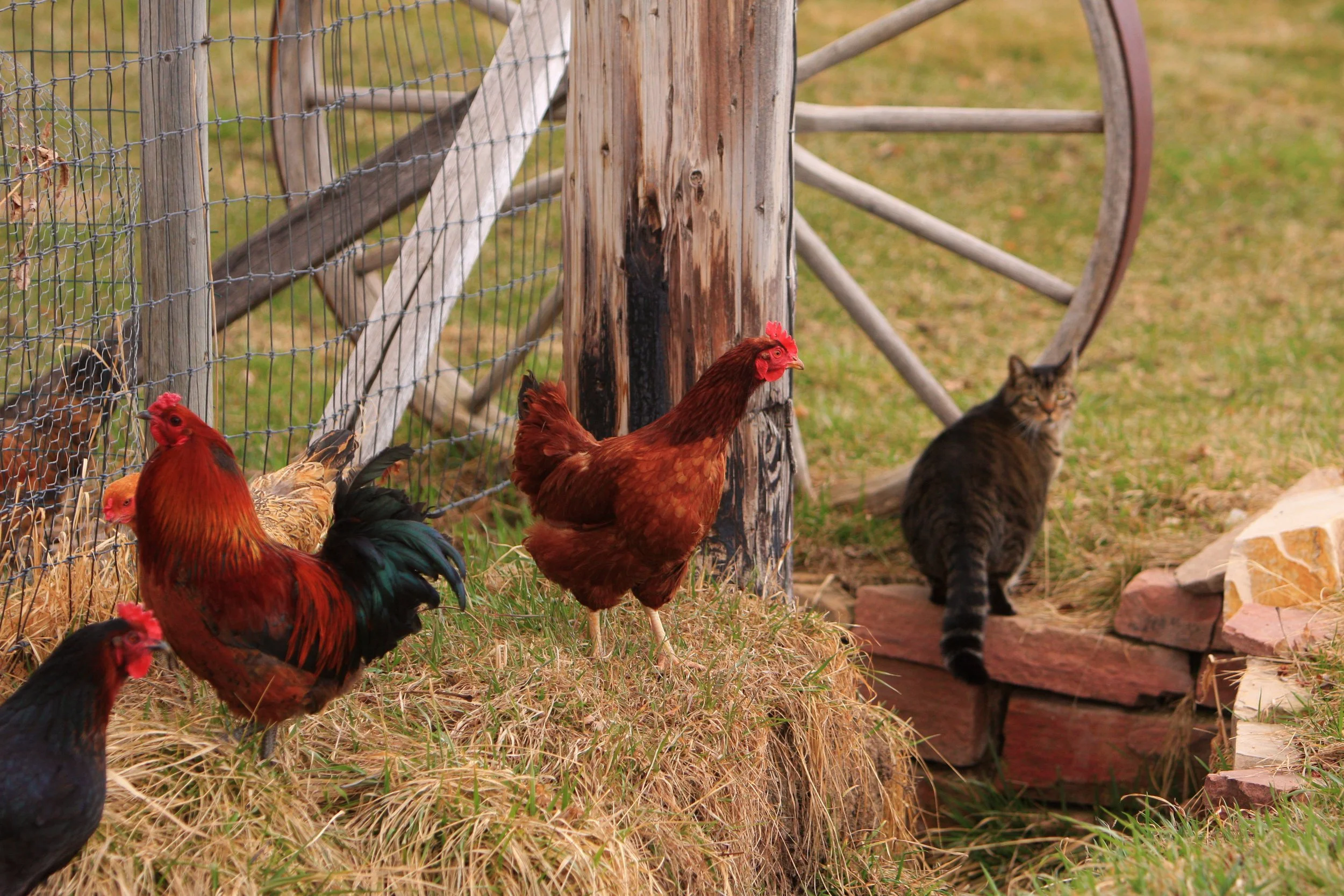Photo Credit: Peter Mather
Health of Animals
Environmental DNA (eDNA) helps us understand what lives around us - on the land, in the water, and in the air. All living things leave behind tiny traces of themselves, like skin cells, fur, feathers, or waste, that carry DNA. By collecting samples from soil, snow, water, or even the air. There is the potential to identify the presence of animals, plants, or pathogens without needing to see them directly.
What is eDNA?
eDNA can be used to monitor:
Invasive species, like zebra mussels or European green crabs, before they can take hold and disrupt local ecosystems
Species at risk, like Chinook salmon or the little brown bat, so communities can protect what’s sacred and at risk
Zoonotic pathogens, such as avian influenza (H5N1), which has been detected in Yukon wildlife and poses a risk to birds, animals, and potentially people
eDNA brings together science and traditional ways of knowing to protect the land, water, and all our relations.
The Yukon Context
Concern for food security and safety given the reliance on hunting and fishing as a food source.
Specific Examples
-
Upward spread from southern provinces with higher temperatures with some species moving 46km/year in parts of Canada
-
Higher risk in Yukon and the other Northern Territories of a parasitic infection called echinococcus caused by tapeworms (of which Caribou is the intermediate host)
Already been identified in dogs and wildlife in Alberta and the NWT, putting Yukon and the north on alert considering the close relationship with both working and companion animals.
-
Many northern, rural, and remote communities, there is often a shortage of or geographical barriers to reaching veterinary care for regular vaccinations
Ex the transfer of diseases to humans by pets that can be prevented such as rabies.
-
Swans and ducks (H5N1)
iTrackDNA: Our Biosphere Revealed
This video by iTrackDNA, Our Biosphere Revealed, provides an engaging exploration of how environmental DNA (eDNA) is transforming our understanding of interconnected ecosystems. It highlights the collaborative efforts of scientists, Indigenous communities, land guardians, and conservationists in using eDNA to monitor biodiversity and detect changes in wildlife populations.
How can eDNA monitoring support animal care?
eDNA gives a more clear picture of how animals, people, and the environment are connected. By detecting traces of bacteria, viruses, and other threats in the environment around us, it helps identify where risks are coming from - even before animals show signs of illness.
This information can guide:
Stronger policies for veterinary care in northern and remote areas
Early warnings about emerging diseases in local environments
Safer practices for people living closely with domestic, working, and wild animals
For example, eDNA monitoring of avian flu (H5N1) in wild birds can help us better protect free-roaming cats (or barn cats), who are particularly susceptible and may be exposed through hunting or scavenging.
By listening to the land, we can care for all the animals who live with us - on the land, in our homes, and in our hearts.







